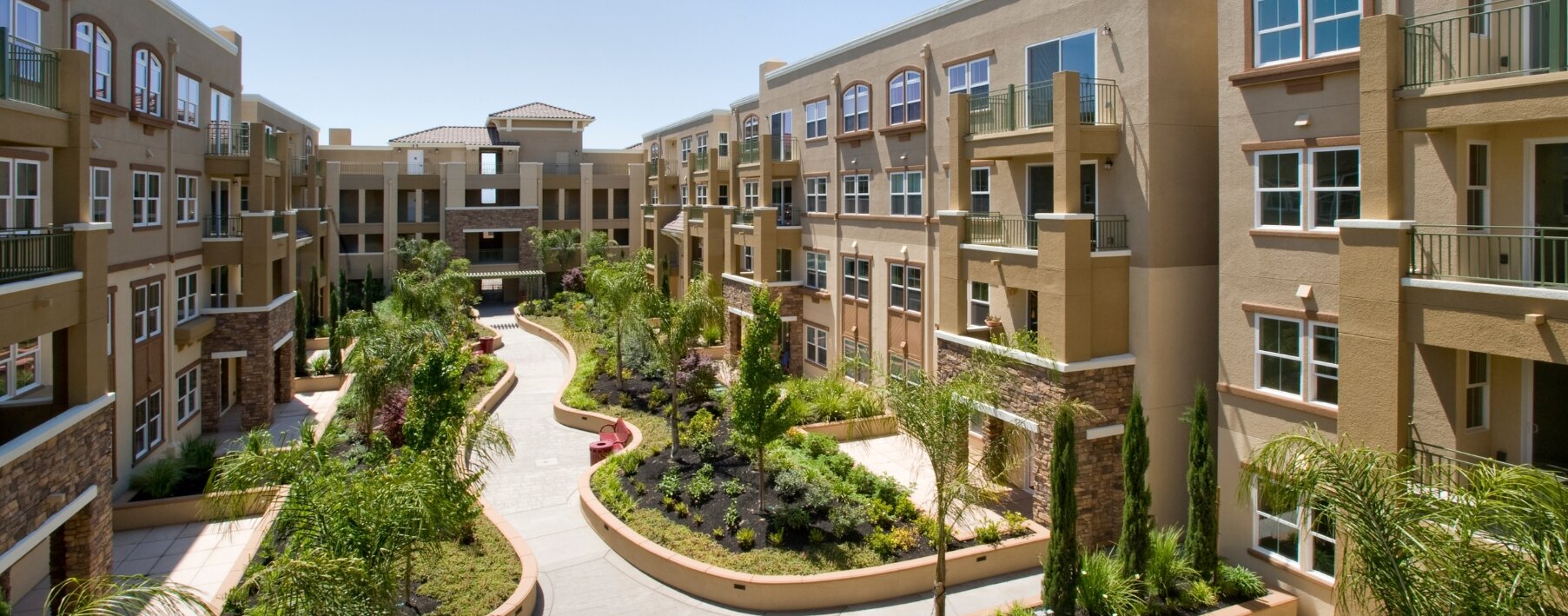Open peril policy explained

When it comes to protecting your property against potential damage or loss, a homeowners insurance policy can be a valuable product to have. The types of loss covered by that policy will depend on the type of homeowners insurance policy you buy, and whether that coverage allows for named or open peril losses.
Let’s take a look at what a peril is when it comes to home insurance coverage, the difference between open perils vs. named perils, and the types of perils typically insured by an open peril policy.
Key takeaways
-
Open peril coverage offers insurance protection against any perils that aren’t explicitly named as exclusions.
-
Depending on the homeowners policy you buy, you may have a combination of named peril and open peril coverage for your home and personal belongings.
-
The most common types of homeowners insurance coverage provide open peril protection for your dwelling and other eligible structures.
What is an open peril in insurance?
Open peril insurance is a type of coverage that protects homeowners and their property against any losses related to perils not explicitly named as exclusions. This means that as long as the policy documents don’t explicitly name a peril as an exclusion to coverage, homeowners can expect their insurance company to protect against any eligible losses caused by that peril up to the policy’s coverage limits.
How do open perils work?
Most people purchase homeowners coverage to provide them and their property with financial protection in case of damage or loss. However, it can be tricky to understand exactly which losses would and would not be covered by a homeowners insurance policy.
With an open perils policy, the answer is simple: As long as the loss isn’t caused by a peril that’s specifically excluded in the policy documents, it’s expected to be a covered peril. If the loss is the result of a peril that’s a named insurance exclusion within the policy, any related claim will likely be denied.
Commonly excluded perils include floods, mold, and sewer backups, to name a few.
Open perils vs named perils
When it comes to dwelling and personal property protection, there are two primary categories of homeowners insurance coverage: named perils and open perils. Some policies provide only named peril coverage, some provide only open peril coverage, while others provide a combination of the two.
So, what is an open peril policy coverage, and how does it compare with a named peril policy?
Both open and named peril policies protect your property against certain perils or causes of loss. Open peril coverage, however, provides financial protection against perils that aren’t named in the policy as exclusions. If the peril isn’t listed as an exclusion, any losses related to that peril will generally be covered.
Named peril coverage, on the other hand, only covers losses related to perils that are explicitly named in the policy. If a peril isn’t listed, any loss caused by that peril is excluded from coverage. Commonly named perils include things like fire, lightning, hail, and more.
An open peril policy and homeowners insurance
There are generally eight different types of homeowners insurance policies, each with its own combination of coverage for the dwelling and any eligible personal property.
When it comes to owner-occupied dwellings with four or fewer units, here are the types of coverage that typically exist:
-
HO-1 insurance — This type of policy offers named perils coverage on both dwellings and personal property. No open peril coverage is provided.
-
HO-2 insurance — This type of policy also offers named perils coverage on dwellings and personal property (no open peril coverage), though with more named peril coverage than an HO-1 policy.
-
HO-3 insurance — The most commonly written type of homeowners insurance policy (per NAIC, as of 2023), HO-3 coverage offers open perils coverage on dwellings and named perils coverage for personal property.
- HO-5 insurance — This type of policy offers open peril coverage on dwellings as well as open peril personal property coverage. It gives homeowners the most expansive coverage available for their one—to four-unit homes.
Is an open peril policy worth it?
An open perils policy can provide property owners with more coverage, making it worth the cost for many homeowners who want a greater peace of mind.
Unless a peril is named as excluded from coverage, losses related to that peril are generally covered up to the policy’s coverage limits. For this reason, policies with open peril coverage provide more protection than a named peril policy.
Some types of policies offer open peril coverage for just dwellings and eligible structures (such as garages, fences, decks, and more), while others may also include open peril coverage for personal belongings. The right level of coverage depends on factors like location, property type, personal preference, and budget.
Still have questions?
Want to learn more about open peril coverage? Here are some of the most commonly asked questions.
What is a closed peril?
Named peril coverage can also be referred to as closed peril. This type of homeowners insurance policy only provides financial protection for losses caused by perils listed in and covered by the policy. While the specifics can vary by carrier and even between individual policies, closed peril policies commonly include things like fires and damage from smoke, hail, or lightning.
What are the three common types of peril?
When it comes to homeowners insurance coverage, there are three primary categories of perils: man-made, natural, and economic. Man-made or human perils are those caused by other individuals, such as vandalism or burglary. Natural perils include storms, which can cause significant and unexpected damage to your home and property. Economic damages include things like inflation and market changes, which won’t directly damage your property but can impact whether or not your coverage limits are adequate and provide you with enough protection for your home.
Is all-risk the same as open peril?
All-risk policies are also known as open peril. These policies provide protection against losses caused by any perils not listed as exclusions. Generally, if the peril isn’t explicitly excluded by the policy, it’s considered covered.
What is the difference between peril and risk?
When it comes to homeowners insurance coverage, perils and risks are considered synonymous. An open peril policy is also known as an all-risk policy, and provides financial protection against any perils (or risks) not explicitly named as exclusions. Similarly, named peril and named risk policies are the same and protect against any perils explicitly named in the policy coverage documents.
Is flood a hazard or a peril?
A flood is a type of peril in terms of insurance coverage jargon. Perils are the reason that a property loss occurs, such as a fire or flood. On the other hand, hazards increase the risk of that peril occurring, such as living in a flood plain or failing to adequately use your fireplace, creating a dangerous situation.



